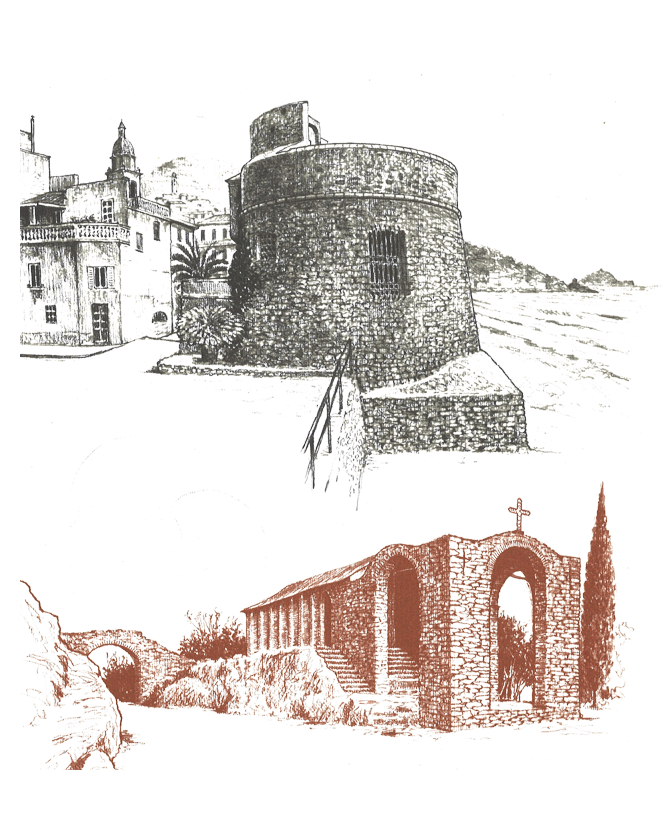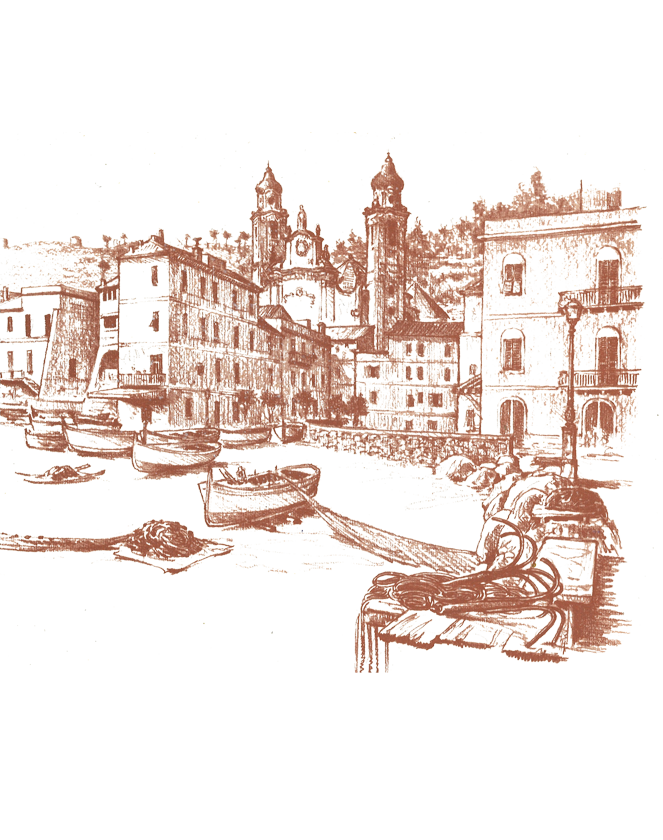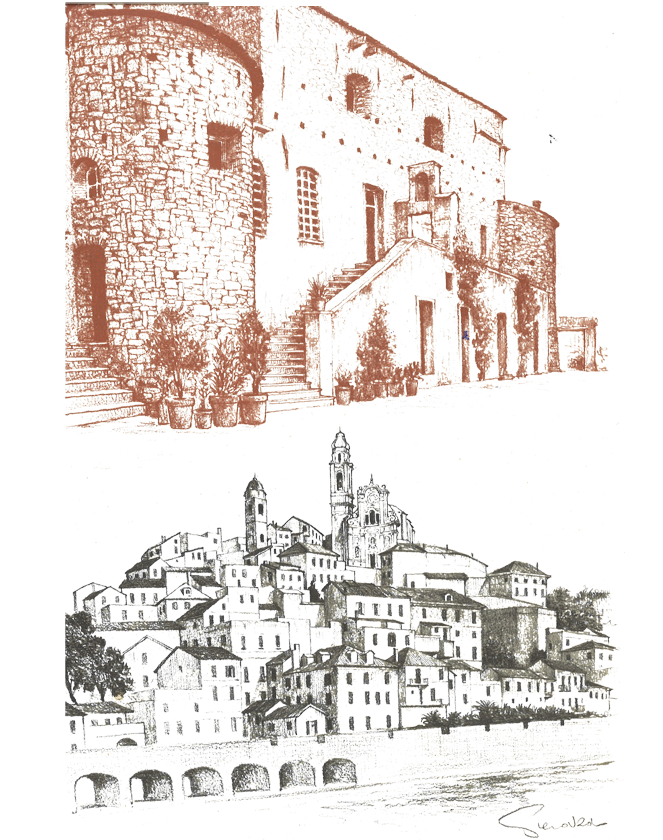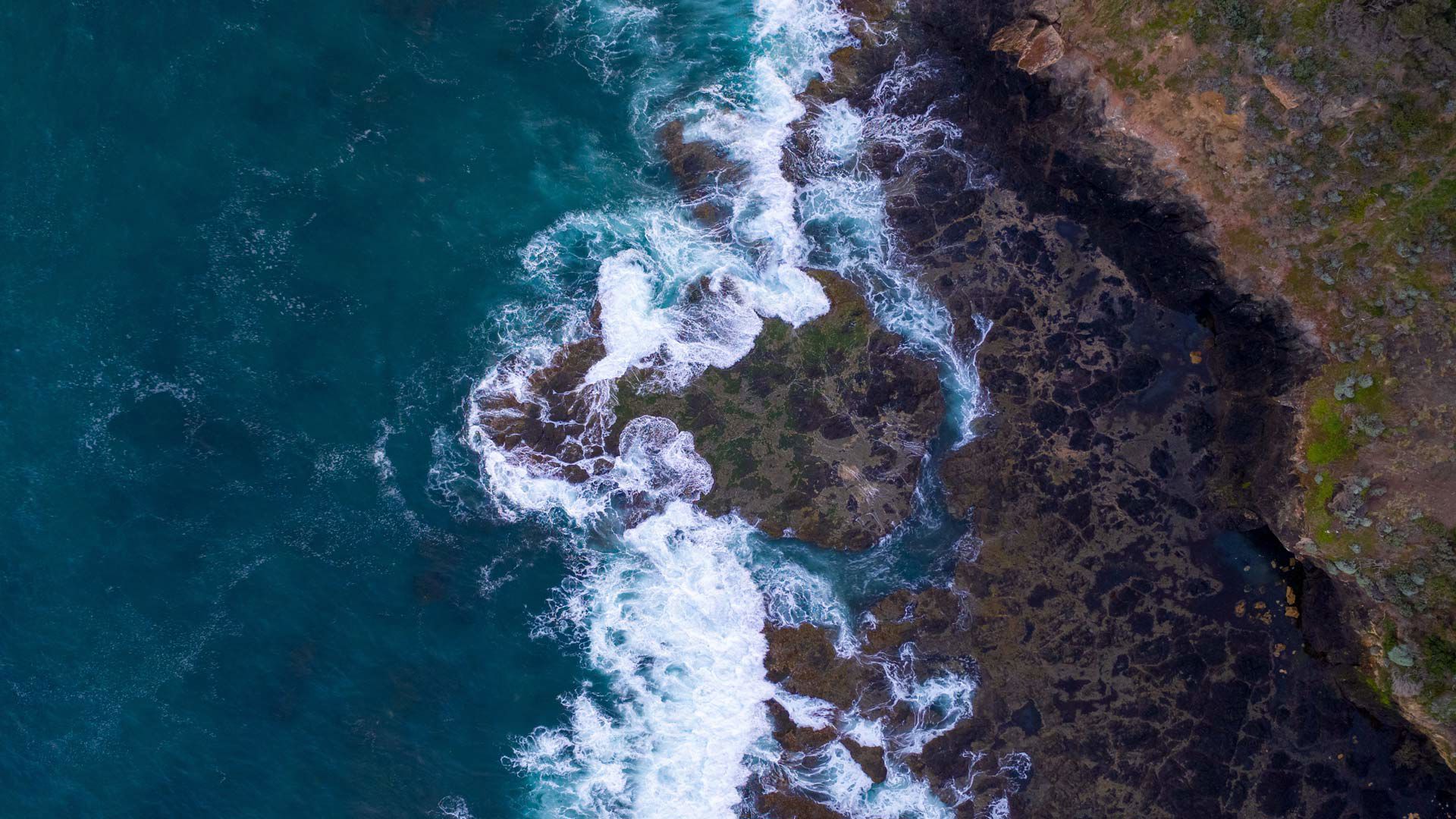Surroundings
Unique Places
Discover the nearby magical places you can visit during your stay at La Meridiana.
Discover the nearby magical places you can visit during your stay at La Meridiana.

According to the legend, Alassio takes its name from Adelasia, daughter of the German Emperor, Otto the Great, who eloped here with her beloved Aleramus and took shelter in these hills. The German princess was the first, but surely not the last of the Northern visitors to fall in love with this corner of the Riviera.
The pleasant climate, mild throughout the year, the silvery green of olive trees, the colourful gardens sloping down to the seashore, the beach of golden sand, all these outstanding features make this medieval town one of the Ligurian seaside resorts most favoured by Italians and foreigners.

Albenga is a unique town in Liguria, both for its geographic position and for its very particular history. It was not destined to become a tourist resort like many other cities in the region. Lying at the center of a very fertile plain and a perfect junction point between the Mediterranean sea and the Northern plains, Albenga always felt a stronger vocation for agriculture and commerce rather than fishing and seafaring.
Albenga was not destined to become a tourist resort like many other cities in the region. Lying at the center of a very fertile plain and a perfect junction point between the Mediterranean sea and the Northern plains, Albenga always felt a stronger vocation for agriculture and commerce rather than fishing and seafaring. After centuries of prosperity at the time of the Roman empire, Albenga reached its highest splendour in the Middle Ages, when it became one of the richest and most powerful cities in the region. In the 13th Century huge floods caused a change in the course of the river and the port was consequently swallowed by the river mouth. This meant the end of all economic activities based on fishing and trade and the beginning of a new life as an agricultural centre. Albenga was successful in its new career and is today one of the leading producers of vegetables and flowers. Artichokes and asparagus are specialty crops, together with cyclamen and daisies.
The centre of Albenga is also unique, an outstanding example of how, in the Middle Ages, cities could perfectly overlap the original Roman town almost to the stone. The historical events of later centuries have luckily spared the most ancient part of Albenga, so we can still enjoy a scenario which has changed very little since the 14th Century: the bell-tower of the Cathedral, the towers of the Town Hall, several other red-brick towers and buildings. These historic treasures have won Albenga the definition of the Ligurian sister of the extraordinary Tuscan town of San Gimignano, near Siena.In the heart of downtown Albenga, well shielded by the surrounding squares is the most precious of the town’s architectural jewels: the Baptistry, built in the 5th Century A.C., one of the most beautiful monuments of the Byzantine period in Italy.In the heart of downtown Albenga, well shielded by the surrounding squares is the most precious of the town’s architectural jewels: the Baptistry, built in the 5th Century A.C., one of the most beautiful monuments of the Byzantine period in Italy. The centre of Albenga deserves an unhurried visit: stroll along the narrow lanes and the small piazzas savouring the atmosphere of centuries gone by and do not miss the Romanesque-Gothic Cathedral of St. Michel, the stately palaces and the charming Piazza dei Leoni.
The centre of Albenga deserves an unhurried visit: stroll along the narrow lanes and the small piazzas savouring the atmosphere of centuries gone by and do not miss the Romanesque-Gothic Cathedral of St. Michel, the stately palaces and the charming Piazza dei Leoni.

Of all the charming places on the Riviera, Laigueglia is beyond doubt one of the most romantic and picturesque. It has the typical structure of the old fishing village, with one single narrow street (the local word for it is “caruggio”), and tall houses lining it on both sides, with just a few interruptions for the sunny piazzas that open straight on the beach. If you are travelling to Liguria, visit Laigueglia. It has the typical structure of the old fishing village, with one single narrow street (the local word for it is “caruggio”), and tall houses lining it on both sides, with just a few interruptions for the sunny piazzas that open straight on the beach.
Laigueglia today is not so different from the way it was in the glorious 18th Century, when the profits of coral fishing financed the building of a gorgeous rococo church with a scenic flight of steps and a glittering bell spire in multi coloured ceramic. When strolling along the beach, do not forget to go to the pier and turn your eyes on the fine range of houses lining the seashore: the façades are painted in different shades of pastel colours with a fantastic pictorial effect, enhanced by the sunlight at sunset. But life in Laigueglia has not always been so idyllic: in the 16th and 17th Century Arab pirates pillaged the coast and often went ashore to take captives and asked high ransoms to set them free.
In summer, usually in August, there is a historical re-enactment "Lo sbarco dei saraceni" inspired by the sacking of the town in 1546 by the corsair Dragut the Saracen, who landed in Laigueglia and surprised the inhabitants in their sleep, deporting more than half of them.

Among the coastal town in Liguria, the town of Cervo is a fantastic place to visit. It clings to the cliff like a rocky pine-cone. High above the white-washed houses is the beautiful church a wonderful example of the Ligurian baroque.
It dates back to the 18th Century, when coral fishing was the most profitable activity for Cervo and local fishermen donated much of their money to embellish the church. This is the reason why it has since been known as “the Church of the Coral Fishers”.
Cervo is full of picturesque corners and the scenic qualities of the place are one of the elements of Cervo’s success as a very special open-air theatre.
In the summer months, string quartets and famous soloists draw crowds of music lovers for the Festival of Chamber Music. The artists perform at nightfall, right on the church steps against the unique background of the coast lined with lights.

The name of the village, “New Town”, explains its origin. It was founded in the 13th Century when the powerful Albenga needed a crown of fortified satellites all around to protect itself and its rich territories from envious neighbors. Villanova, the first of several “little daughters”, is therefore a miniature copy of Albenga, but here the Medieval walls are almost entirely in their original place and are extraordinarily well preserved.
